Etova
✅ Relieves Pain
✅ Reduces Inflammation
✅ Treats Arthritis Symptoms
✅ Prescribed NSAID
✅ Oral Medication Option
Etova contains Etodolac.
Product Overview
Etova is a pharmaceutical formulation containing Etodolac as its active component. As a member of the nonsteroidal anti-inflammatory drug (NSAID) class, Etova is clinically indicated for the management of pain and inflammatory processes associated with osteoarthritis, rheumatoid arthritis, and acute gout. The therapeutic mechanism involves inhibition of prostaglandin synthesis, thereby alleviating symptomatic discomfort and inflammatory responses.
Clinical Indications
Etova is therapeutically employed for:
- Osteoarthritis management
- Rheumatoid arthritis treatment
- Acute gout therapy
- Musculoskeletal disorder symptom relief (including tendonitis and bursitis)
- Fever reduction
- Mild-to-moderate pain control
The medication demonstrates efficacy in enhancing joint functionality and mobility, facilitating improved performance of daily activities.
Administration Guidelines
For optimal therapeutic outcomes:
- Consume with food or milk to mitigate gastrointestinal irritation
- Ingest tablets whole with adequate water (200-250 mL)
- Maintain consistent dosing schedule
- Adhere strictly to prescribed dosage regimen
Note: Tablet alteration (crushing/chewing) is contraindicated unless specifically directed by prescribing physician.
Pharmacological Mechanism
Etova exerts its therapeutic effects through selective inhibition of cyclooxygenase-2 (COX-2) isoenzyme, thereby suppressing prostaglandin biosynthesis. This selective inhibition:
- Reduces inflammatory mediators
- Decreases pain perception
- Lowers febrile responses
The COX-1 sparing activity potentially minimizes gastrointestinal complications compared to non-selective NSAIDs.
Dosage Protocol
Therapeutic dosing is individualized based on:
| Patient Population | Initial Dose | Maximum Daily Dose |
|---|---|---|
| Adults | 300-400 mg BID | 1200 mg |
| Geriatric | Reduced dosage | As clinically indicated |
Dosage adjustments may be required for patients with hepatic/renal impairment.
Therapeutic Advantages
Etova offers multiple clinical benefits:
- Effective analgesia and anti-inflammatory action
- Improved articular mobility
- Favorable safety profile with food co-administration
- Convenient oral dosage form
- Dual antipyretic and analgesic properties
Adverse Effects
Common adverse reactions include:
- Dyspepsia
- Abdominal discomfort
- Nausea/vomiting
- Cephalalgia
- Vertigo
Serious adverse effects may include gastrointestinal hemorrhage, peptic ulceration, and renal impairment with prolonged use.
Precautions and Contraindications
Clinical considerations:
Contraindicated in patients with:
- Active peptic ulcer disease
- Severe hepatic impairment
- NSAID hypersensitivity
Caution advised in:
- Cardiovascular disease
- Renal insufficiency
- Elderly population
Concomitant alcohol use may potentiate gastrointestinal toxicity.
Storage Conditions
Proper storage requirements:
- Temperature: 20-25°C
- Protect from moisture
- Original container retention
- Child-proof storage
Dispose expired medication per local pharmaceutical waste regulations.
Medical Disclaimer
- Does not constitute medical advice
- Should not replace clinical judgment
- May not encompass all potential drug interactions
Always consult qualified healthcare providers for personalized medical recommendations. This content aims to supplement, not substitute, the physician-patient relationship.
| Strength | 200 mg, 400 mg |
|---|---|
| Quantity | 30 Tablet/s, 60 Tablet/s, 90 Tablet/s, 180 Tablet/s |
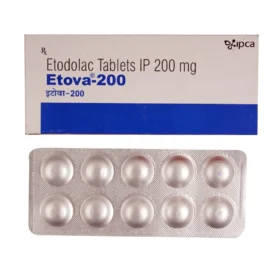 Etova
Etova










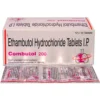
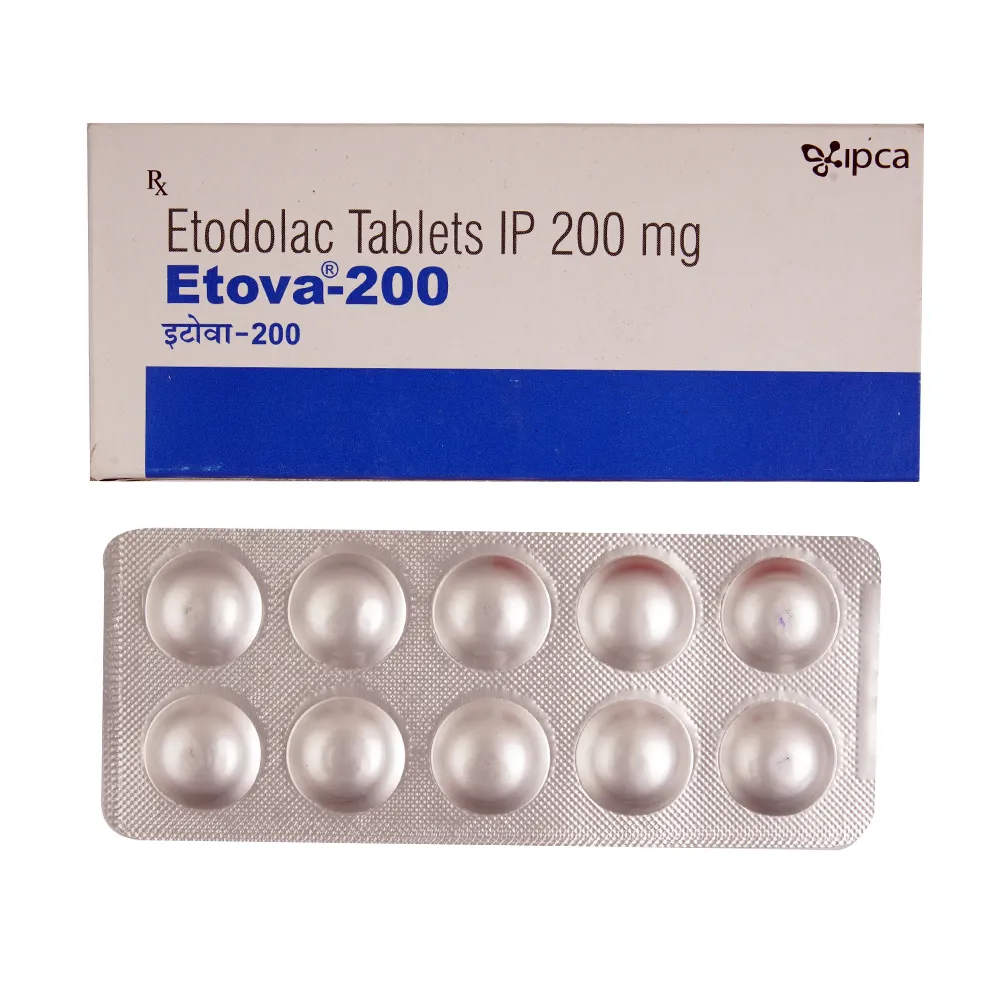
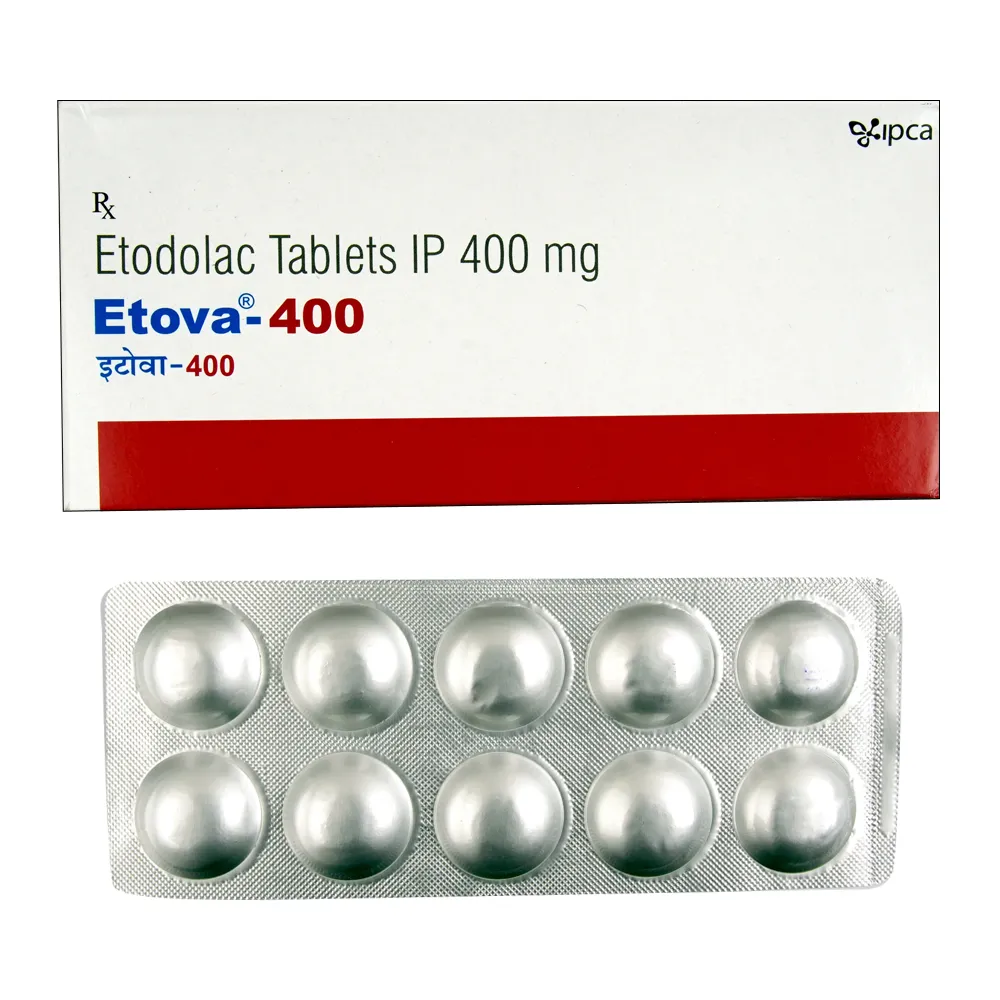
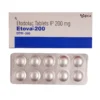
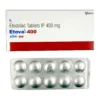
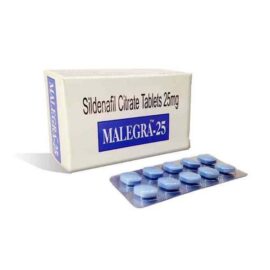
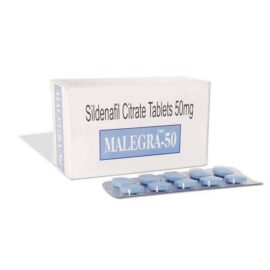
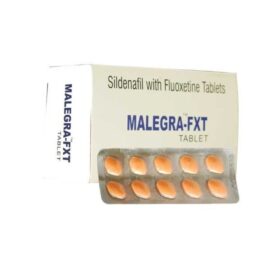
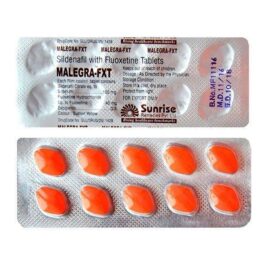
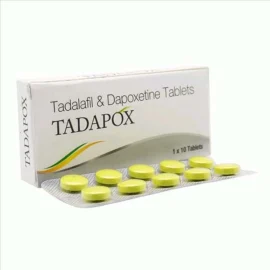
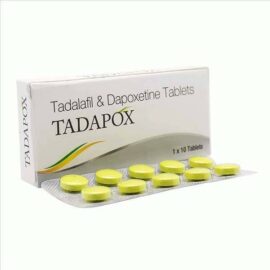
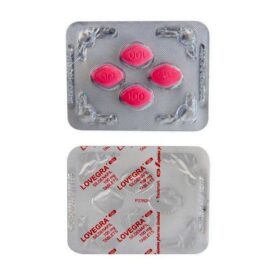

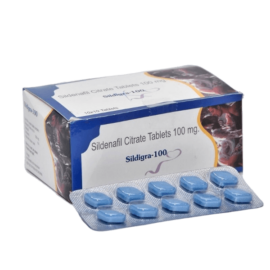
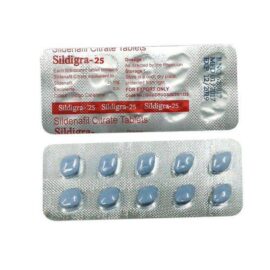
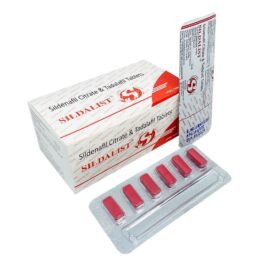
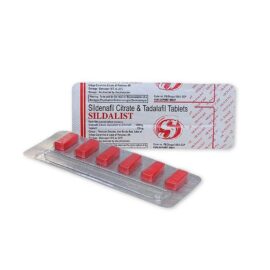
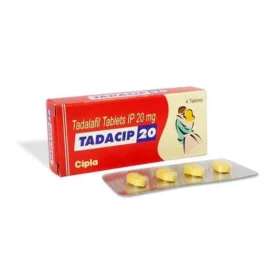
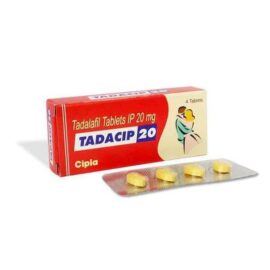
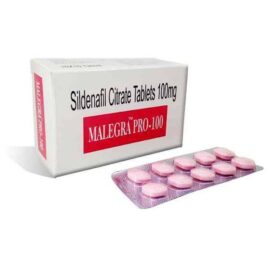
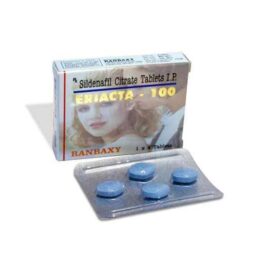
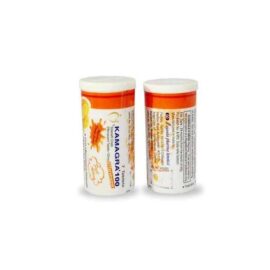
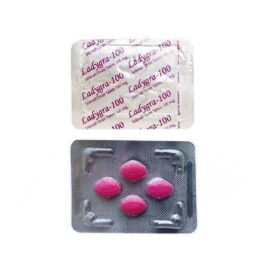
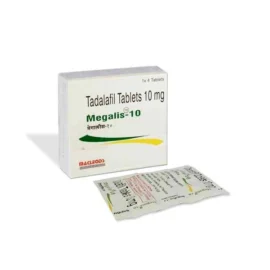
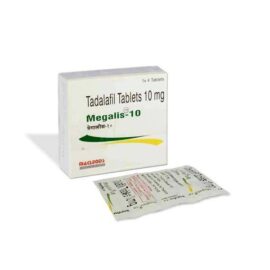
Reviews
There are no reviews yet